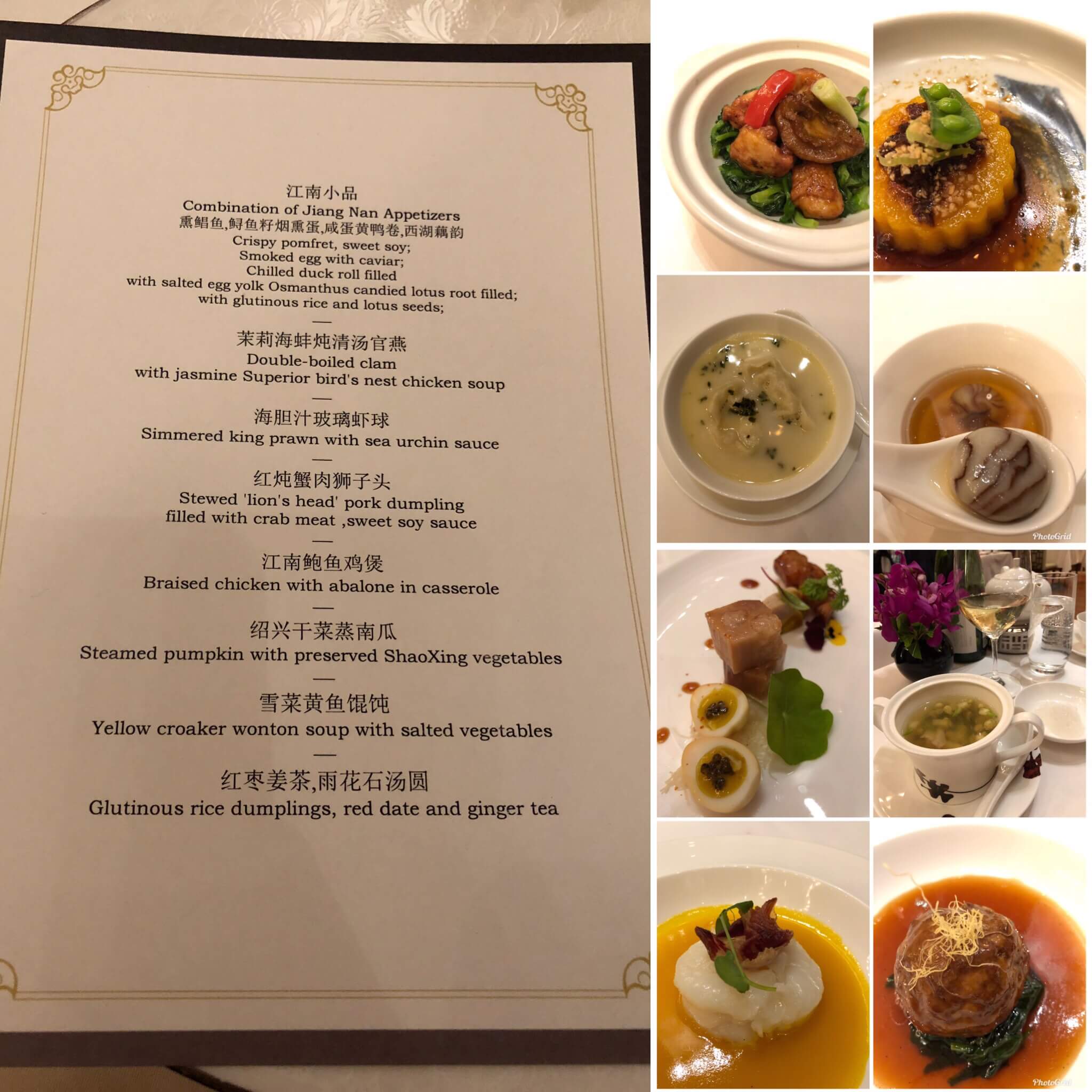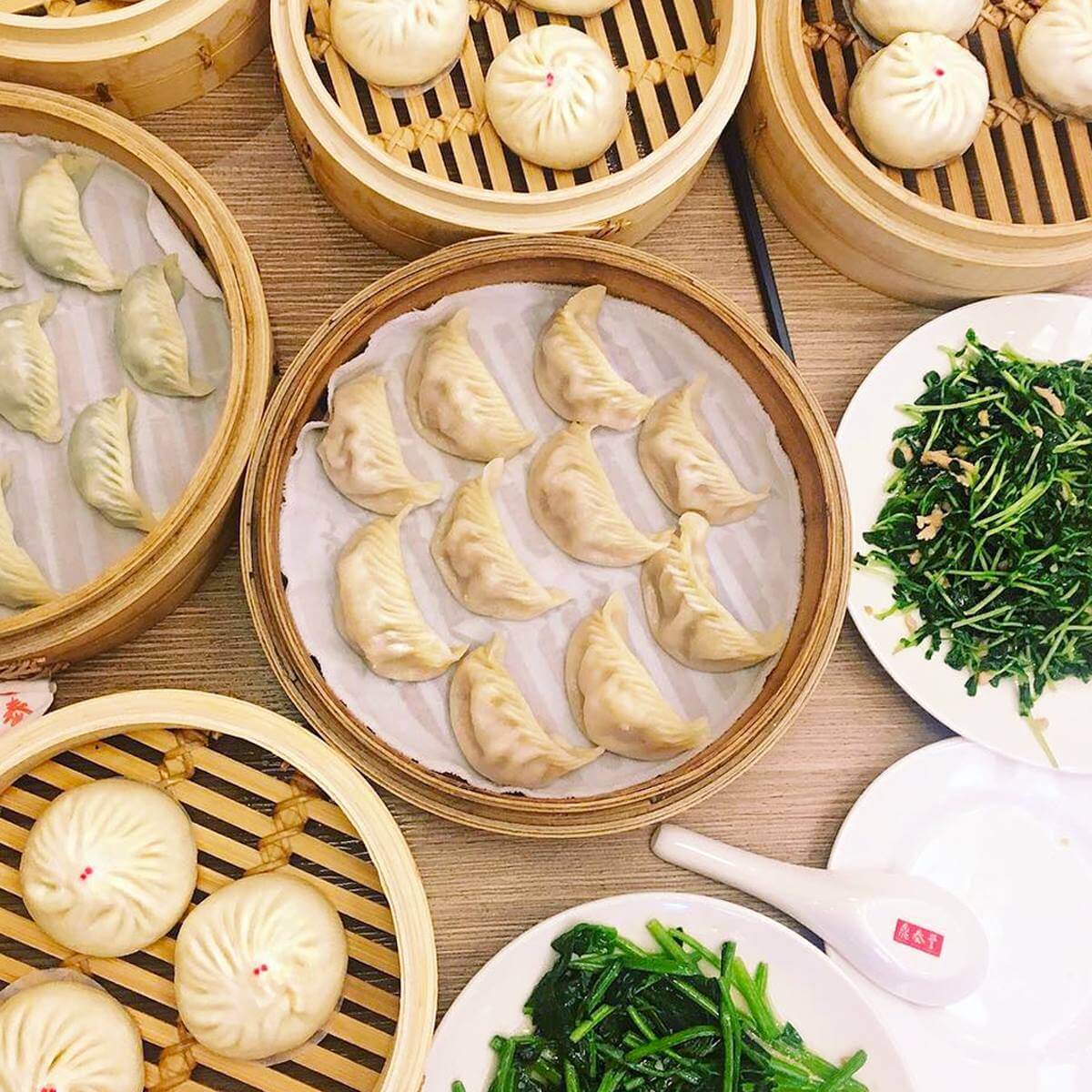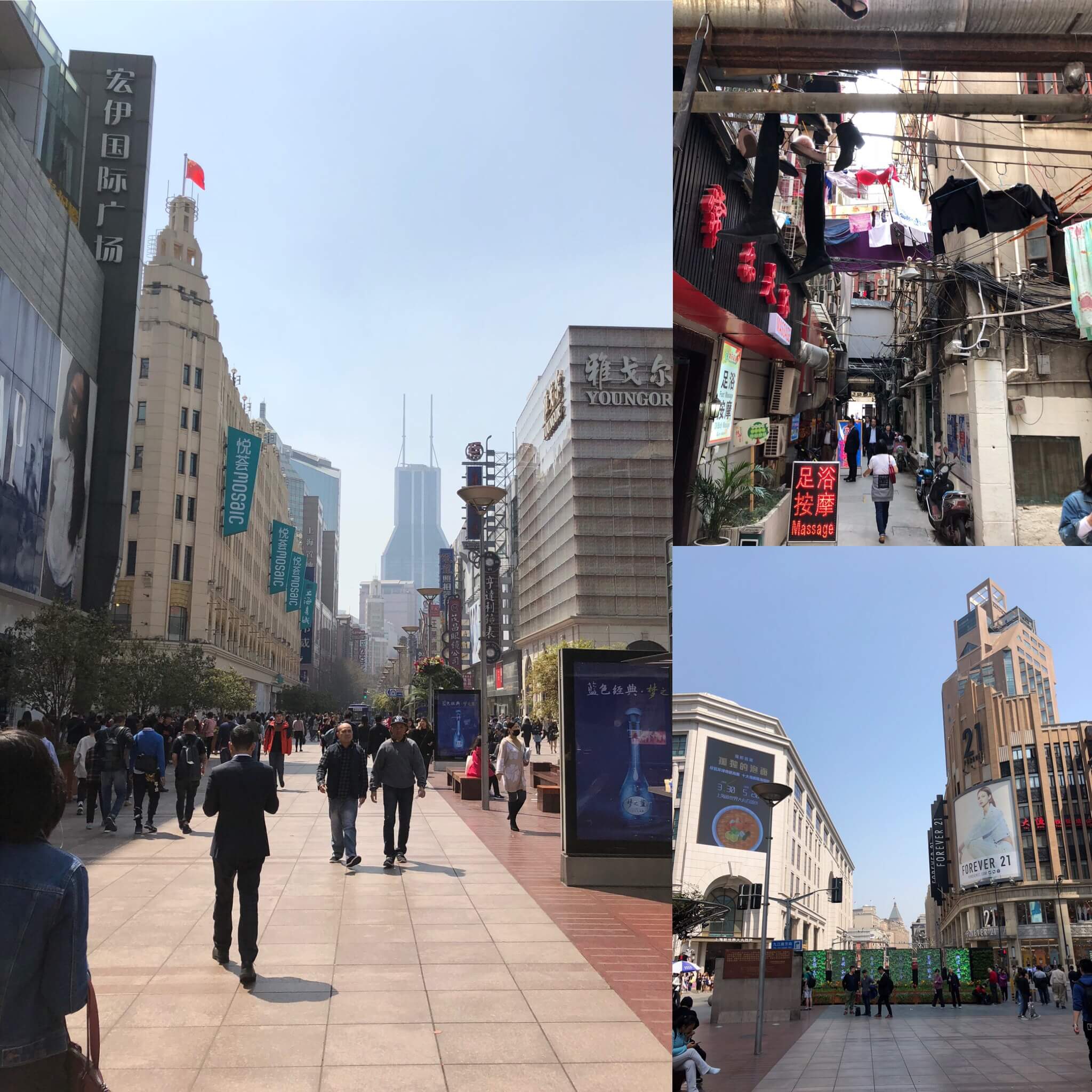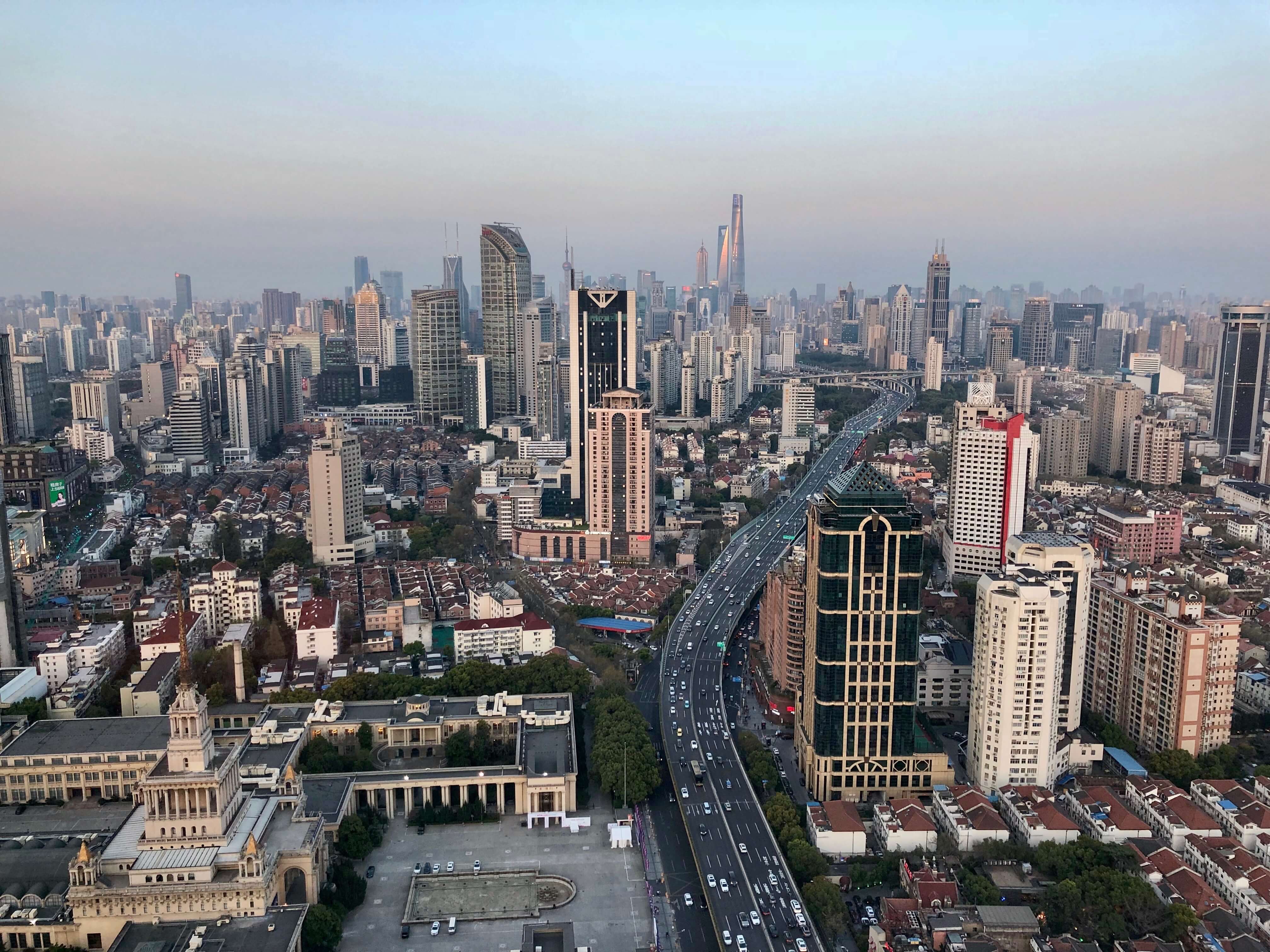Shanghai is the gateway to China for many travelers, and is a great introduction to the country and its people. You can shop in high-end venues for designer items, or stroll through the backstreets for photo opportunities or to hunt for interesting trinkets and traditional Chinese handicrafts.
Shanghai literally means the city by the sea. The city is divided into two parts by the Huangpu River: Puxi is the older part of the city and hosts the majority of shops, restaurants and museums. Pudong is the modern part with its impressive high-rise buildings and towers.
Transit Visa Exemption for China
Most visitors require a visa to enter China – this process usually requires you to mail in your passport or visit the Chinese Consulate. Make sure you check the visa requirements for your country prior to arrival into China.
One of the best things about travelling to Shanghai is that you may not need a visa if it’s a short “in transit” visit. Certain countries qualify for a 144-hour Transit Visa Exemption when traveling specifically to Shanghai and Beijing. Here are some quick tips:
– The exemption only applies if you are entering to and departing from different countries – for example, it has to be from country A to China to country B (A and B cannot be the same country).
– You have to travel into and out of the same port in China – in other words, you cannot arrive at one airport in Shanghai and deport from the other airport.
– You need to have your onward tickets booked to prove you are “in transit” and will be leaving China within 144 hours.
– When you check-in to your arriving flight to China, the airline will ask if you have a visa – you have to tell them you are planning to get the transit visa exemption. They will ask you for your outbound flight itinerary.
– Upon arrival in China, you will need to let the custom officer know your intention to get a transit visa exemption – they will require you to fill out a special form.
Tip: Throughout this process they will want to see your departing flight information, so make sure you print it out for convenience.
Where to Stay
Now that you are in the country, there are many hotel options to choose from. Here are the two options I have tried in two different parts of the city. Both five-star luxury accommodations, because I tell myself that I only live once and that “I am worth it”, and so should you! =)
Jing An Shangri-La
The hotel is located on the PuXi side of the Huangpu River in the Jing An Business District – one of Shanghai’s most prestigious and fashionable business and commercial districts. It is not close to the Bund or the Pudong side of the city, but it is very close to the French Concession area (see below for more information). The hotel has a total of 508 guest rooms and occupies the top 29 floors of the 60-story main tower – boosting incredible panoramic views of the city.
From the room, to the food, and amenities, everything has been meticulously considered to make you feel like it’s your home away from home.

Learn more about the room and food here.
Fairmont Peace Hotel
Fairmont Peace Hotel has been a Shanghai landmark for over eight decades, enjoying a premier location on the Bund, which faces the Pudong area over the Huangpu River. Its art-deco design fits in beautifully with all the historic buildings on the Puxi side of the city.
In 1992, Peace Hotel was listed as one of the most famous hotels in the world by the World Hotel Association. It remains the only hotel in China to have received this recognition.
The Fairmont Peace Hotel offers 270 deluxe guest rooms and suites with a selection of six restaurants and lounges. Included among these is the much-loved Jazz Bar, a Shanghai institution since the 1930s.
The rooms may not have the best views, but are comfortable and well appointed. The hotel and rooms transport you back in time and make you feel like you are experiencing its history.

Where to Eat
One of the most important parts of traveling for me is trying the local food and checking out the restaurant scene. My Instagram stories are often filled with food pictures throughout the day and I am often asked if I just eat all day long. Here are some picks from my short trip to Shanghai.
Yong Yi Ting at the Mandarin Oriental
Yong Yi Ting is a one Michelin-star restaurant featuring Chef Tony Lu and his unique vision combining the diverse gastronomic influences of Shanghai and its neighbouring Jiangsu and Zhejiang provinces, enhanced with refined technical mastery and unbridled creativity.
Chef Lu’s Signature 8-course set menu is now available to book exclusively on the Michelin Guide App. Highlights include King prawn with sea urchin sauce, ‘Lion’s head’ pork dumpling with crabmeat, and Yellow croaker wonton soup with salted vegetables.
I love the concept of the set menu being available for individual diners. The set course dinners at traditional Chinese restaurants are usually only available for the whole table of 8 or 10 people so this concept allows smaller groups to taste all the amazing food the restaurant has to offer!

Din Tai Fung
Din Tai Fung is the restaurant that made Xiao Long Bao (soup dumplings) famous, so it’s only logical that they serve some of the best in the world. Xiao Long Bao literally translates to “small basket buns” – name for the bamboo baskets they are steamed in. They have a delicate wrapper, and inside is usually a rich and savory soup with port meat.
There are many places you can have soup dumplings in Shanghai, but you should make Din Tai Fung at least one of your stops.

Photo Credit: Din Tai Fung
1515 West at the Jing An Shangri-La
The 1515 West, Chophouse & Bar combines the aesthetics of an old Shanghai movie set with the décor of a classic American bar and grill. Walking into the restaurant I was almost immediately transported back to New York with the décor and stylish touches.
The menu offers a wide array of options but the main highlight is the signature Australian beef, dry aged for 45 days. The beef comes in 4 cuts, handpicked by the executive chef. You can’t fail with any of the meat options to be honest. It was all so delicious.
The menu is cleverly set starting with Act One, to Supporting Cast, Director’s Cuts and the Paparazzi.
Also, make sure you check out the 1515 West Bar on the other side of the dining room. It is a really cute bar with amazing cocktails to start the night.

Things To Do
With only 72 hours in Shanghai, we only managed to explore a few of the many sights. I guess this means we have a valid excuse to visit again!! Here are some places to check out:
The Bund
Bund translates to embankment and is one of the most famous attractions – and the symbol of Shanghai. It is basically the west bank of Huangpu River overlooking to the Pudong side of the city. This is where you can see both old and new Shanghai – on one side are the famous European Style buildings and on the other side is where all the tall glassy buildings are located.
The Bund is especially famous at night when the buildings are lit up.
Be warned – it is super crowded and there really isn’t much to do other than to take pictures of the buildings.

Nanjing Road
Nanjing Road is the main and busiest shopping street of Shanghai. It is closed off to cars and is lined with shops on both sides. It is a nice stroll if you are shopping for something but I personally prefer wondering off to the side streets where you can see some reminisce of old Shanghai. It felt more authentic and was also great for photos!

Observation Towers
With so many tall towers in Shanghai, you have many options for places to get a great bird’s eye view of the city. The Shanghai Tower is the world second tallest buildings and at 128-stories, it also has the world’s highest observation deck within a building or structure. You can go up the Shanghai World Financial Center and Jin Mao Tower observation decks. You can also go up the Oriental Pearl Tower – the unique looking tower that dominates the Shanghai skyline. They all offer amazing views of the city, and deciding between them really depends on what you want to see and how high you want to go.

French Concession and Xintiandi
The French Concession is an area of Shanghai that was conceded for a French settlement and was only returned to China in 1946. Unlike the bustling city around it, with soaring skyscrapers, the French concession has many tree-line streets and old iron fenced houses. It is often called the “Paris of the East” and it kind of does feel like a European town with an Asian twist. There are many well-known streets and neighbourhoods in the Concession, including Huaihai Road, another one of Shanghai’s main shopping streets. Xintiandi is an area of old houses and narrow lanes – it has been extensively redeveloped and now has new shopping malls, trendy bars and restaurants. Stroll around the French Concession and I am sure you will discover something interesting.

Photo Credit © David Veksler/Flickr
Yuyuan Garden
A famous classical garden in South China, the Yuyuan Garden was built 400 years ago during the Ming dynasty. The garden is divided into scenic sections such as ‘Mountains and Forests in the City’, ‘Magnificent Woods and Beautiful Valleys’, ‘Historical Relics of Heralding Spring’, ‘Water and Rockery Scenery’, ‘Tops in the World’ and the ‘Inner Garden’. This is a great spot to enjoy some nature among some greenery … and also a great spot to take some amazing photos!

Photo Credit: China Highlights






nice tour…..while reading i thought i am on there and feeling the same as you were while travelling here